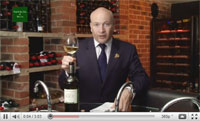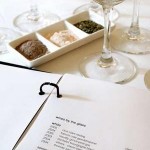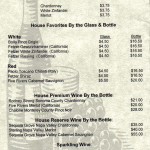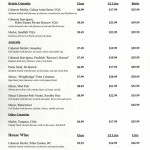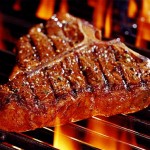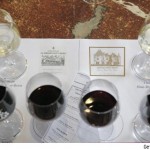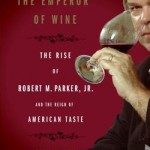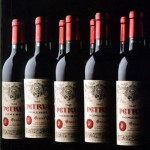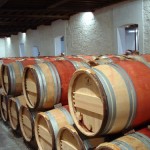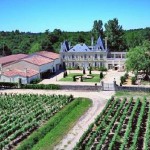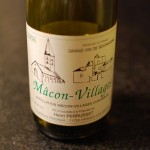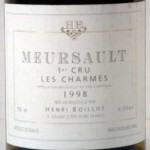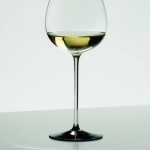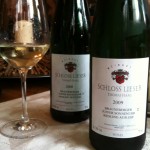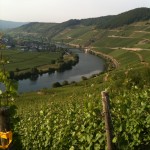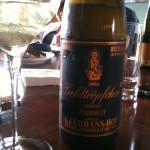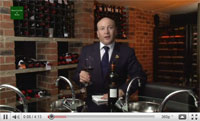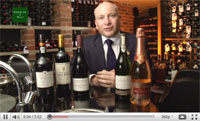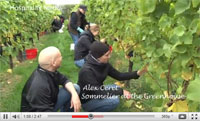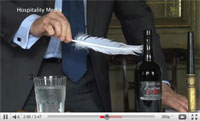Wine List Mark-Ups
It is known to most customers that wines, coffee and water are three of the most profitable items sold in a restaurant. What they may not realize is how little profit is made in other areas of the business. The overall costs are huge compared to the final selling price of the dishes on the menu when taking into consideration the staffing costs, depreciation of equipment, gas and electricity, constant refurbishment of front of house areas, replacing glassware, cutlery, linen (items that are often of very high quality) the cost of fresh flowers, business costs – including marketing, printing costs, refuse disposal, etc, etc.
The Emperor of Wine
Book Review
‘The Emperor of Wine – The Rise of Robert E Parker and the Reign of American Taste’- Elin McCoy
After reading the rather pompous title to this book, I was expecting gushing adoration about how the wine world was saved by one man!
Vintage for Investors – 2005 Bordeaux
Maybe you don’t have any grandchildren now, but it’s quite possible that one day you might. So when the time comes – maybe their 18th or 21st birthday, in several decades time – giving them a case of top class Bordeaux from the 2005 will give them either a fabulous gift of wine or a serious return on investment.
Even those not involved in the wine trade may have heard some of the hype surrounding this vintage which the Bordelais are comparing to other great years such as 1982 and 1990. Often French winemakers can be heard proclaiming each year as the ‘vintage of zee century’ but this time it looks pretty genuine. Having been to Bordeaux recently, the quote of the visit was from Frédéric Engerer, the top-man at Château Latour, who told me that after this vintage they might as well all retire as their best work would have been done.
Who Doesn’t Like Chardonnay?
A long-standing joke amongst sommeliers is the one about a customer who states that they dislike chardonnay – but love Chablis. The joke being that Chablis is made from the chardonnay grape.
In fact about 99% of all white Burgundy is chardonnay – Mâcon, St Véran, Pouilly-Fuissé, Meursault, to name but a few. The differences being very slight climatic and soil variances between villages and how the winemaker likes to make his wine.
No goals for Germany
If riesling seems to becoming more popular lately and people requesting less oaky fresher styles of wine, so why are the wines from the riesling heartland – Germany – still struggling for sales?
Maybe it’s the connotations of the seventies; flared trousers, bad haircuts and dinner parties have kept us away from these wines. At this time, mass produced cheap, one dimensional wines paid for a lot of new Mercedes but did irreparable damage to the German reputation for quality (ironically most of the liebfraumilch produced was made by the müller-thurgau and not the riesling grape – but its image was forever tarnished)







